Mobile devices are ubiquitous in today’s hyper-connected world.
Smartphones, wearable devices and tablets are used for everything from communicating and working, to dating and even shopping.
It is the last point that should be of greatest interest to you if you are a marketer or business owner.
Thanks to mobile devices, you can now find and target your preferred audience or customer group based on their location. In fact, this concept even has a name – location-based mobile marketing!
Location-based marketing (sometimes known as location-based advertising) is the use of mobile marketing to target customers within a specific geographical area (city, neighbourhood, etc). It involves the use of technologies like Wi-Fi, Bluetooth and RFID to acquire the location data of customers, and then creating customised, real-time campaigns that provide personalised experiences and thus increase customer engagement.
Location-based mobile marketing can be implemented in many different ways depending on the marketer’s strategy and their customers’ location.
Here are 5 such ways you can try for your own business!
1: Geo-aware ads
Geo-aware advertising simply means advertising based on the real-time location of your target audience.
To run geo-aware ads, you need to have your customer’s mobile data like a phone number or device number. When they enter a particular area or specific area points which are near your location, you can send them your mobile ads. You can also send them the ads if you know in advance that they are travelling towards your location.
The advantage of geo-aware advertising is primarily brand recall. By catching a customer in a certain area and sending them your ad that is relevant to their location, it persuades them to explore your offering further.
2: Geo-fencing
Geo-fencing enables marketers to target users within a predefined area based on latitude and longitude information. By using Global Positioning (GPS) or Radio Frequency Identification (RFID), you can define a perimeter or ‘fence’ around a specific geographic point such as your store or service centre. Once this virtual barrier has been established, you can set up triggers to send text messages, email alerts or app notifications to consumers’ mobile devices when they enter your fence. Geo-fencing is very commonly used by stores in shopping malls to pull foot traffic towards them.
Geo-fencing helps you better segment your target customers so that only those people who are within your geo-fence will receive your advertising message. By sending the right message to the right group, it increases the probability of conversions.
3: Geo-targeting
Geo-targeting is a great way to deliver personalised content based on a user’s location, country, city, or other geographical parameters.
It is often used in the context of websites and apps, and can be done for specific locations via device IDs or even on a more granular level via GPS signals and geo-fencing.
A lot of well-known tech companies like Samsung, HP, Salesforce, etc, use geo-targeting to ensure that their website visitors are shown the relevant content applicable to their country. For some countries, this relevance also extends to language.
With Geo-targeting location-based marketing, marketers can ensure that their localised website or app is promoted in the right location to the right users in the right way.
4: Geo-conquesting
This targeting strategy involves reaching out to and engaging target users when they are physically in or around your competitors’ store. In order words, geo-conquesting is about drawing customers (i.e. conquests) away from competitors and towards you.
Geo-conquesting is a type of geo-fencing. However, unlike geo-fencing, it involves setting a fence around your competitor’s store rather than your own. The goal is to persuade potential customers that you are the better choice.
To some, this may appear to be an underhanded or unethical marketing technique, but geo-conquesting is increasingly being used by many businesses and with great results.
5: Proximity mobile marketing
Mobile proximity marketing, also known as hypertext contextual marketing, makes it possible for marketers to track a consumer’s mobile device within a building.
Since it is a more ‘granular’ form of location-based advertising, it helps to deliver contextual communications that are timely, relevant and personalised. Unlike the previous 4 models, proximity mobile marketing can be used indoors, such as inside stores to engage customers with contextually relevant notifications and thus increase sales.
A final word…
Costs for mobile ads are still relatively low compared to other traditional advertising media. Mobile marketing is also a more precise form of marketing with the potential for very high conversion rates and therefore a great return on marketing investment. By targeting people in a specific location, it offers opportunities to engage with customers and build meaningful relationships with them. Hyper-local mobile advertising is a great way to offer added value to prospects that can win them over. For all these reasons, it offers tremendous benefits that today’s marketers cannot afford to ignore.
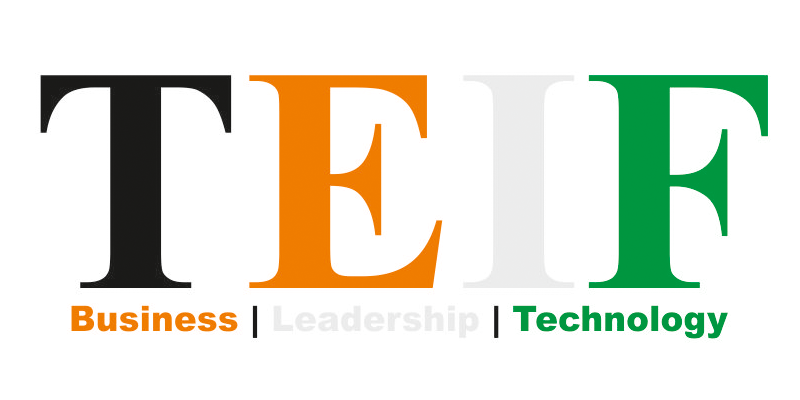
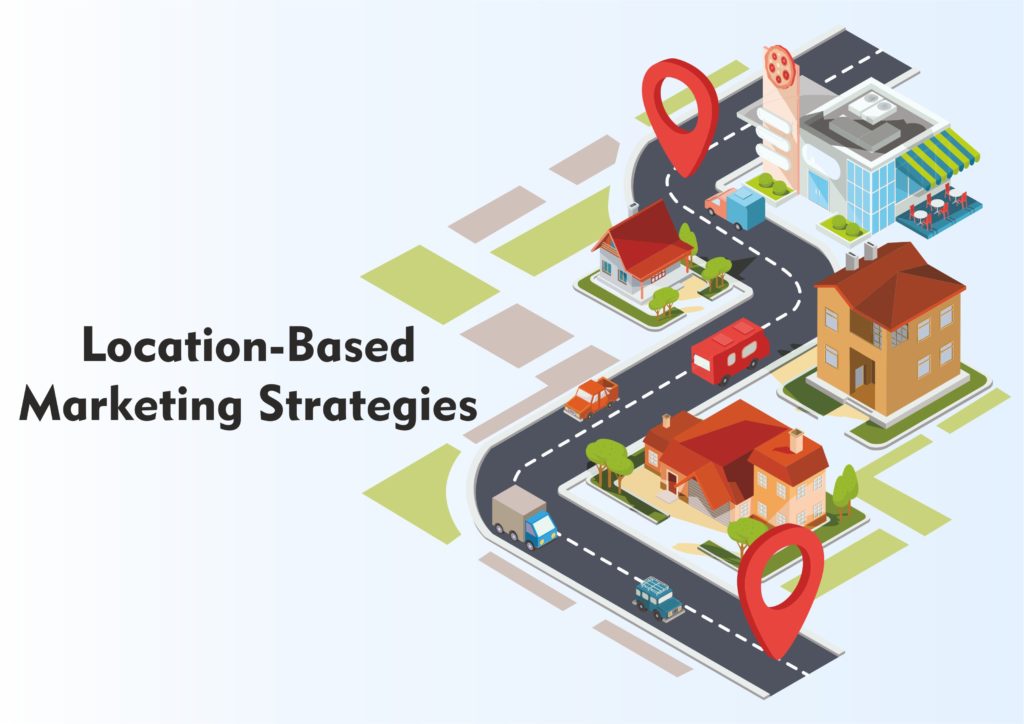
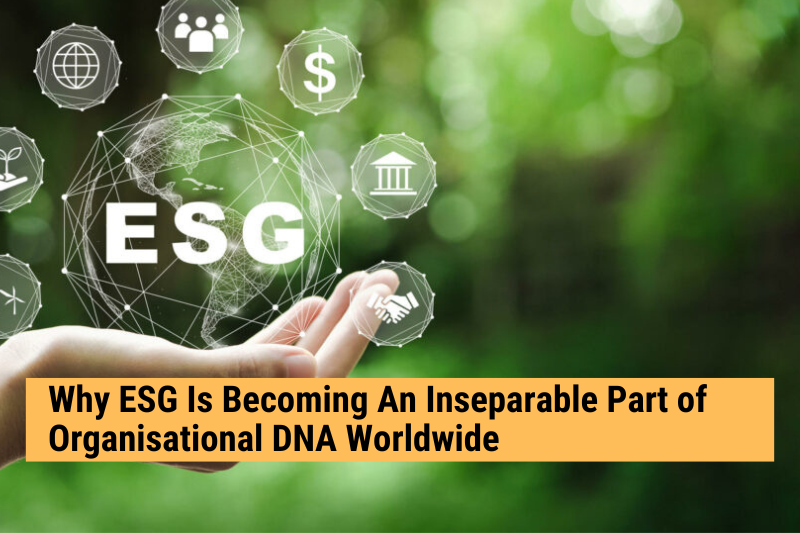
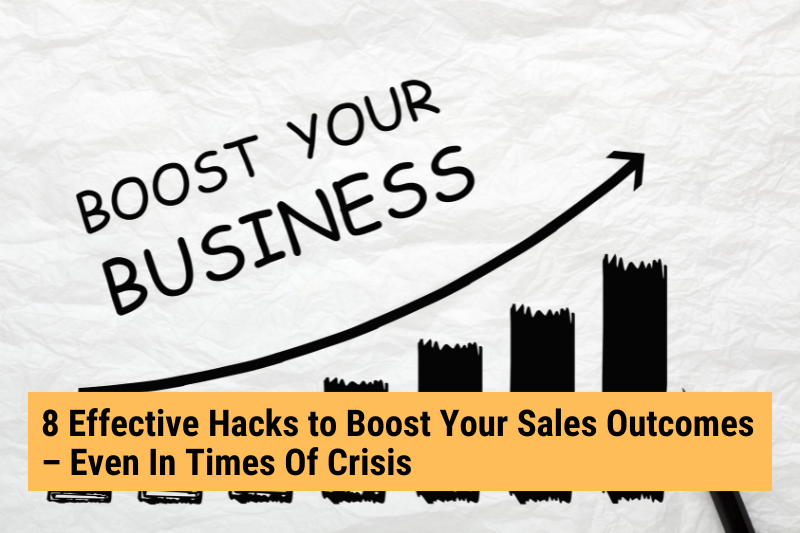



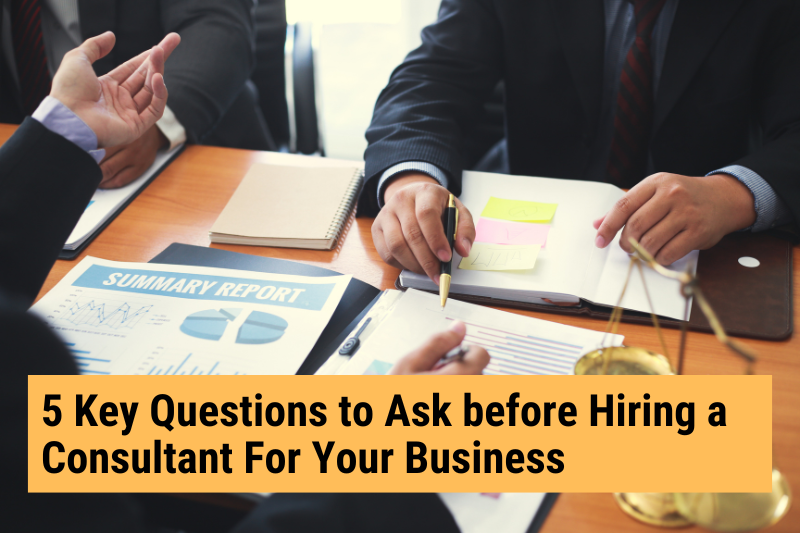

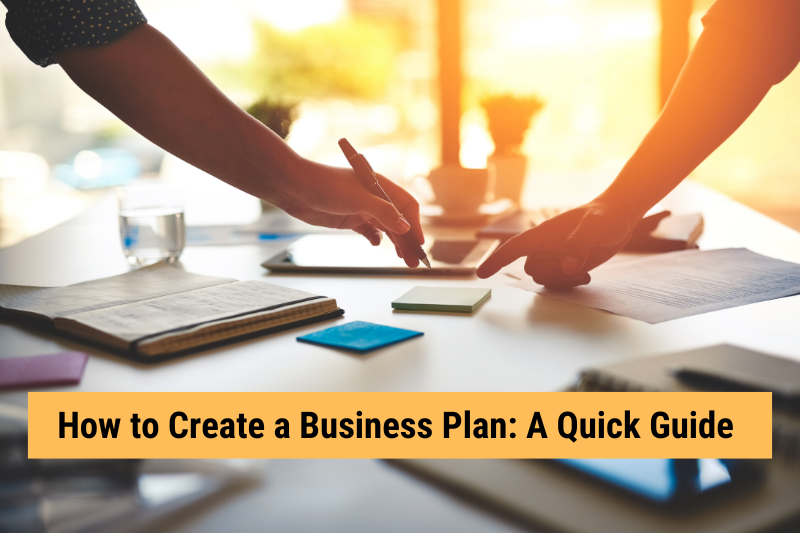
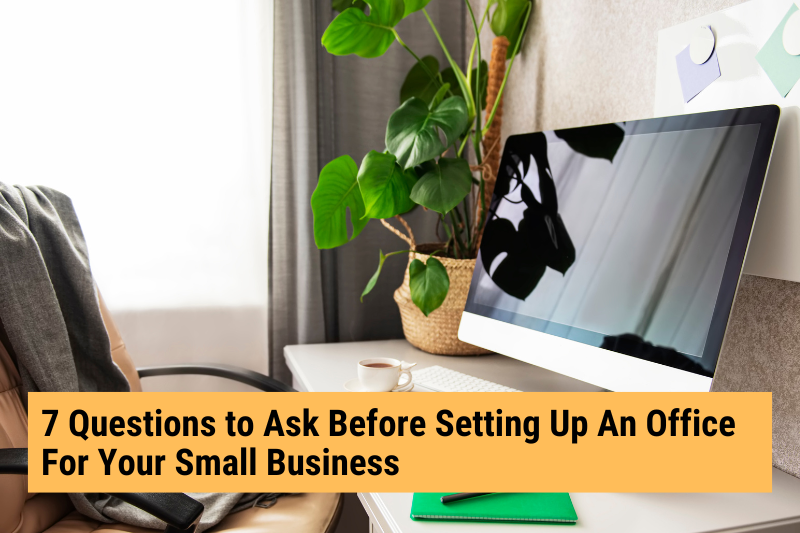

0 Comments